Biodiversity Is a Big Deal and Here's Why
Updated April 16 2020, 3:05 p.m. ET
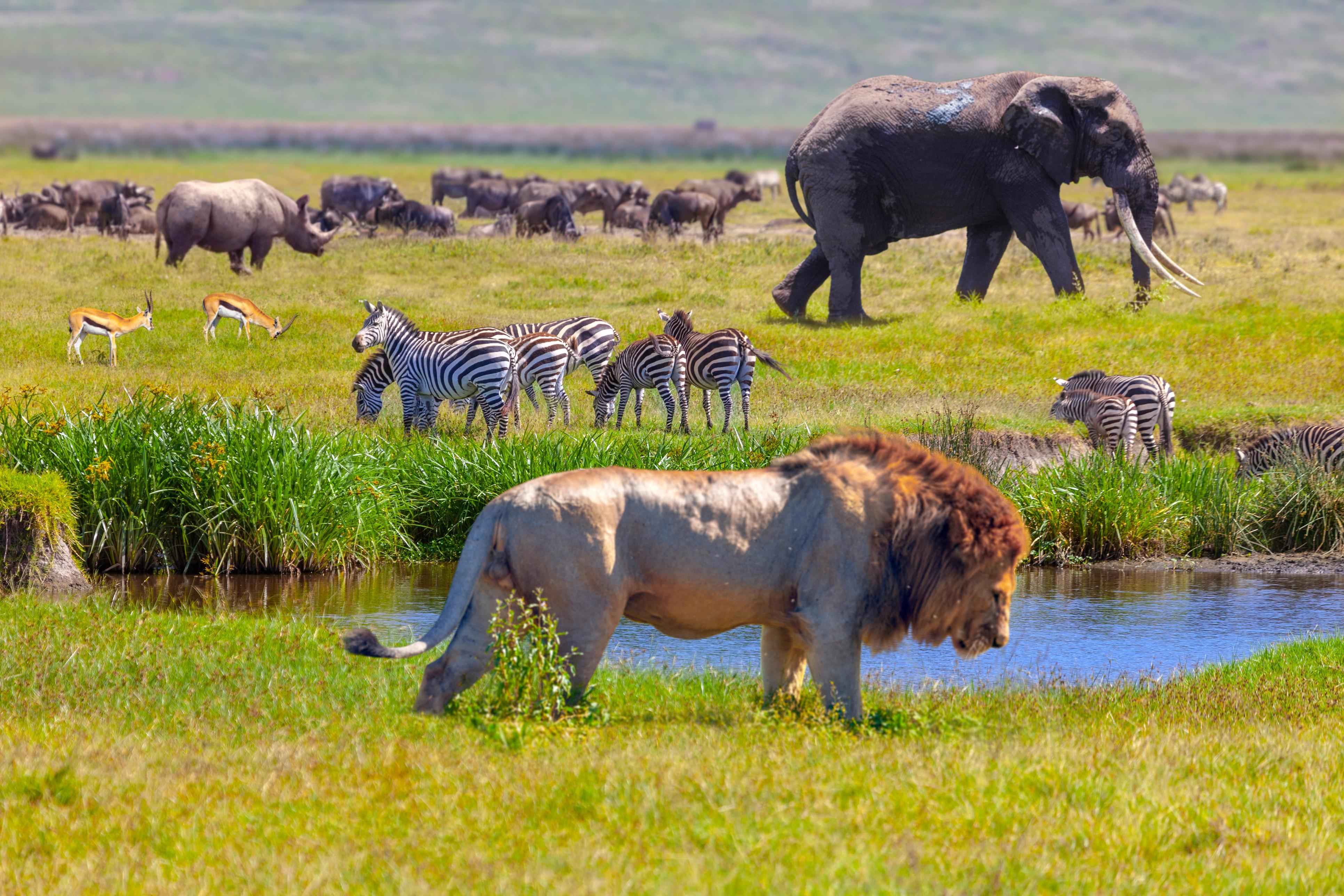
One of the most beautiful things about the natural Earth is the different and unique species and wildlife that come together, work together, and provide humans with a place to exist. Biodiversity is the beauty that is the entire Earth working together to help sustain life.
The term biodiversity (from the phrase “biological diversity”) refers to the variety of life on Earth at all its levels, from genes to ecosystems, and can encompass the evolutionary, ecological, and cultural processes that sustain life. Biodiversity is very important to the well-being of our planet and here’s why.
What is biodiversity?
The American Museum of Natural History says that biodiversity does not just refer to endangered or rare species, but rather, every living thing on our planet. According to their website, “Biodiversity includes not only species we consider rare, threatened, or endangered but also every living thing—from humans to organisms we know little about, such as microbes, fungi, and invertebrates.”
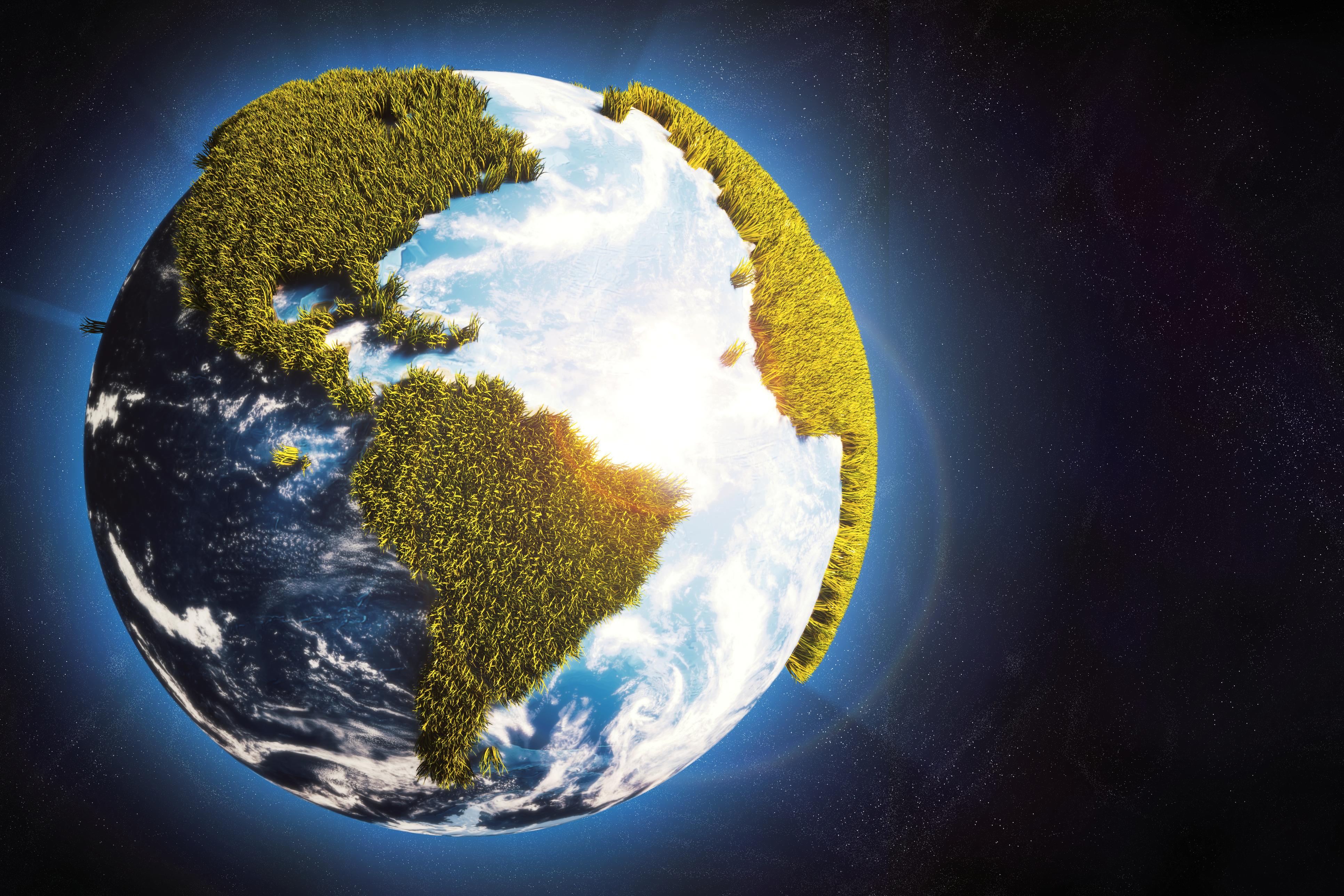
They continue, “...we include humans and human cultural diversity as a part of biodiversity. We use the term 'biocultural' to describe the dynamic, continually evolving and interconnected nature of people and place... This relationship makes all of biodiversity, including the species, land and seascapes, and the cultural links to the places where we live...important to our well-being as they all play a role in maintaining a diverse and healthy planet.”
So why is biodiversity so important and what will happen if this system slowly breaks down? The results could be catastrophic.
Wildlife supports the healthy ecosystems that we all rely on.
Whether in a small village or a large city, humans depend on the services ecosystems provide, such as water, pollination, soil, food, and medicine. Ecosystems weakened by the loss of biodiversity are less likely to deliver those services, especially given the ever-growing human population. With less of these necessities for human survival, the direr our situation becomes.
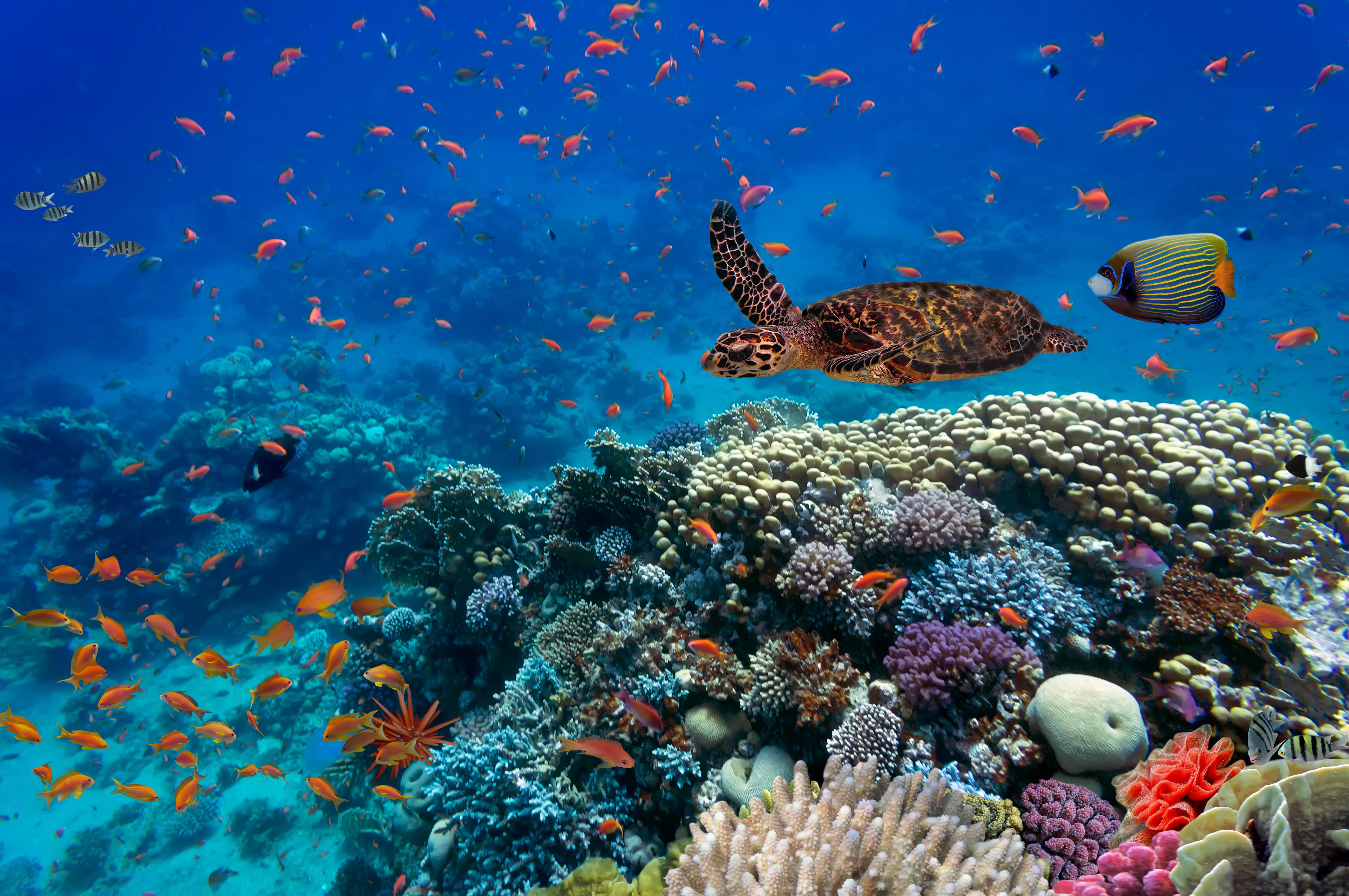
One extinction may not be the end of civilization as we know it, but once one goes, and more follow, that is when the situation becomes much more serious, and since all living things are connected, losing one species could create a domino effect.
Biodiversity and climate change go hand-in-hand.
According to Conservation International, nature can provide more than 30 percent of the solution to climate change by holding global warming below 2 degrees Celsius — and biodiversity is an essential part of the picture.
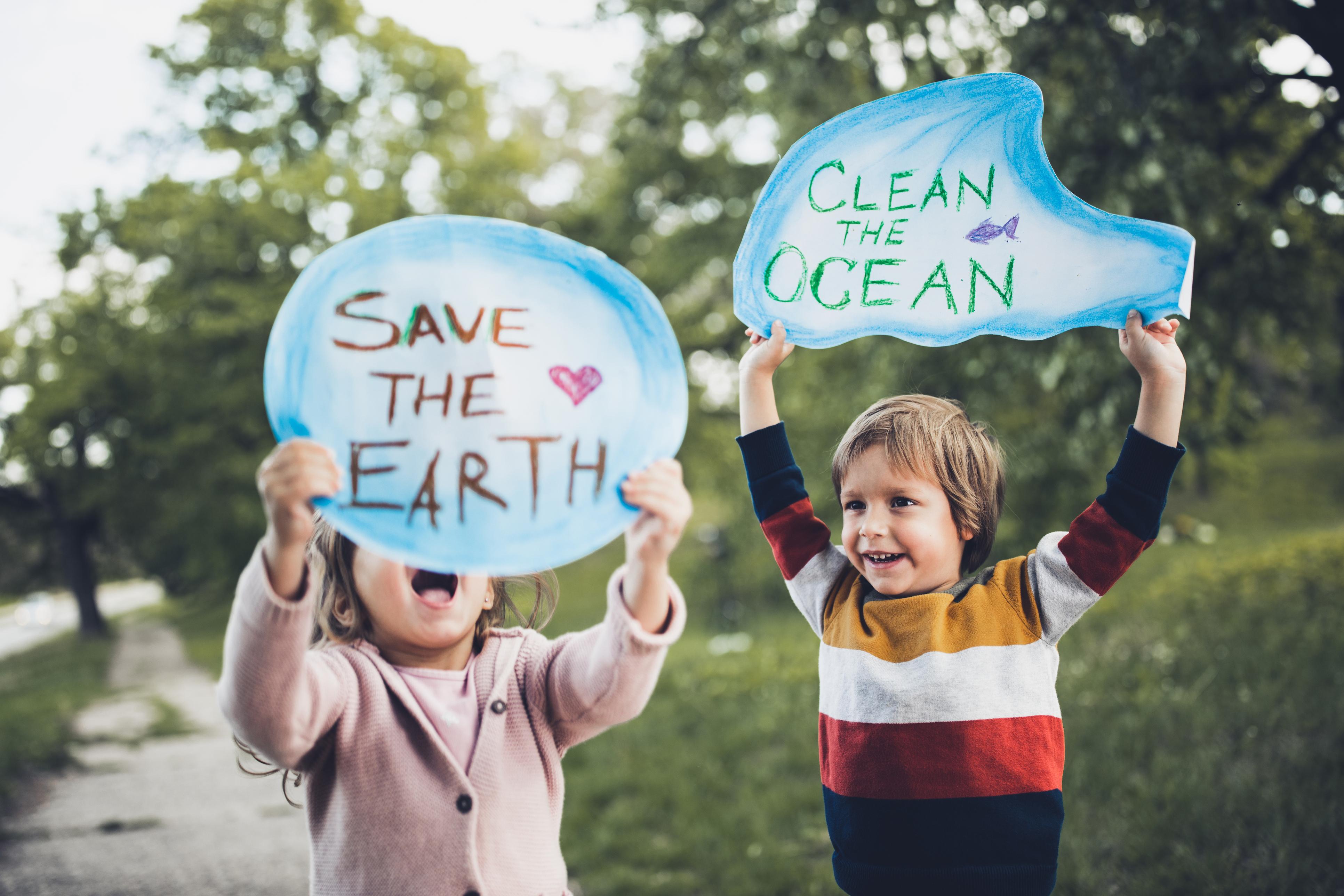
These ecosystems are complex, such as the forest ecosystem, and that means they function best, and are more resilient to the effects of climate change, when all the pieces of the ecosystem are in place — meaning the biodiversity is intact. These different pieces of nature need to work together in order to help keep the Earth habitable.
Biodiversity is also a defining piece of how cultures identify themselves.
Different species (flora or fauna) are an integral piece of how a culture identifies themselves. All major religions include elements of nature and 231 species are formally used as national symbols in 142 countries.
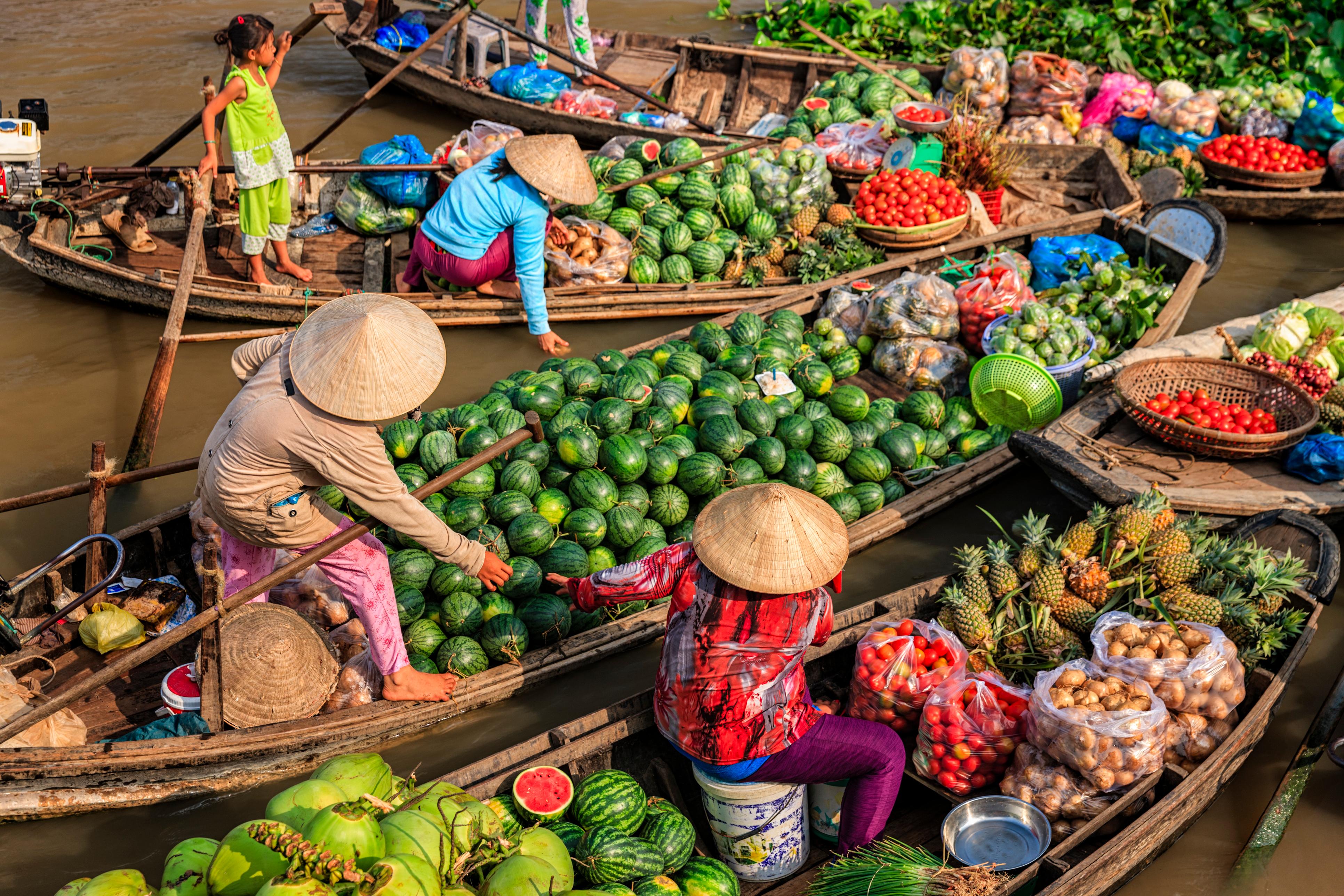
Ecosystems such as national parks and other protected land also provide a place for people to gather and explore. Biodiversity is also a source of inspiration for artists and designers.